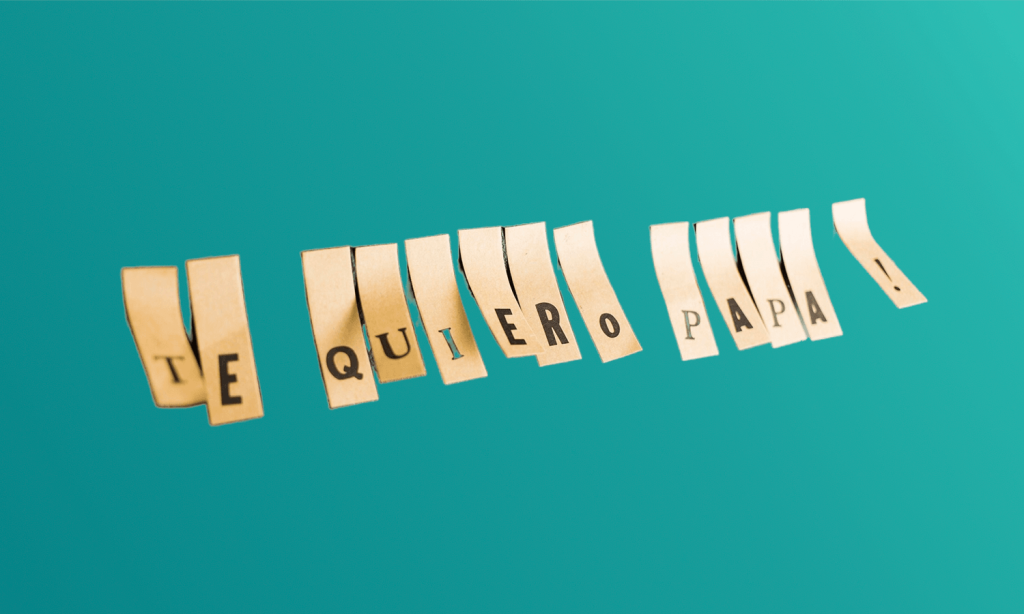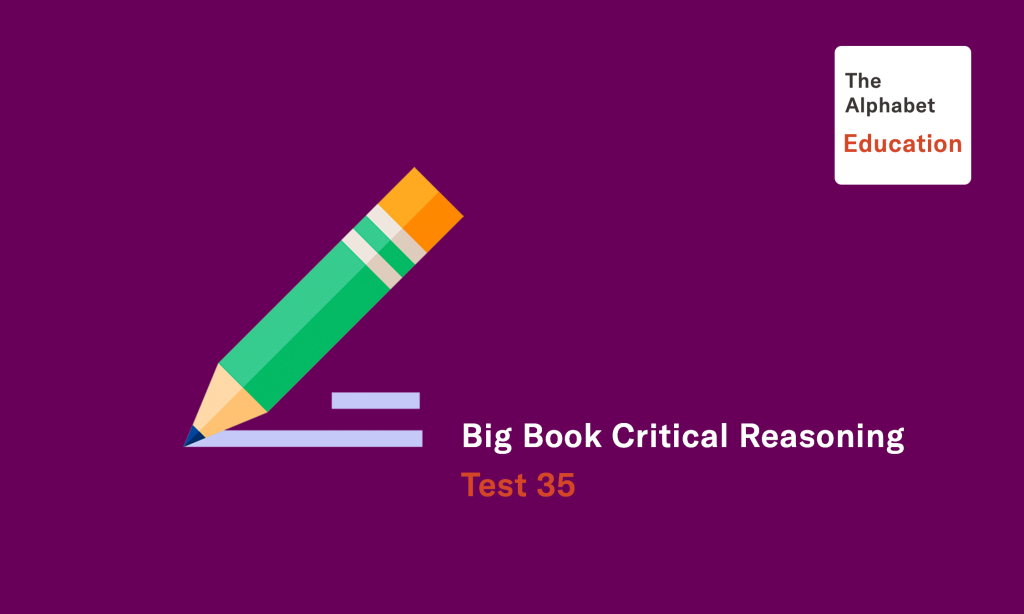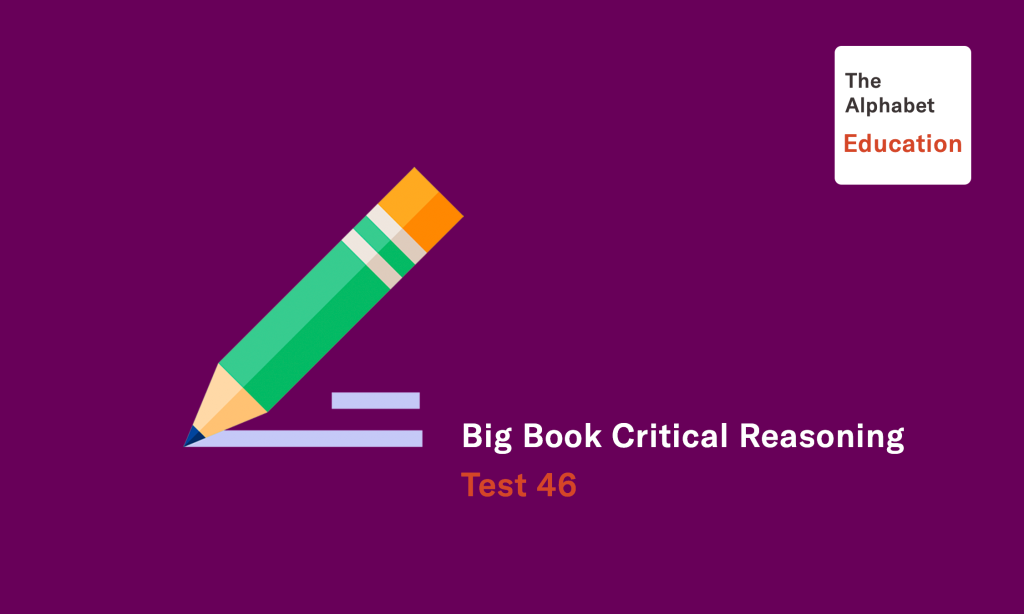
–The Rise of Microschools and the Future of Public Education | Image by The Alphabet
The decline of iconic corporations like Kodak and Sears serves as a powerful reminder of the risks associated with complacency and the failure to adapt to changing consumer demands. Kodak, despite being a pioneer in digital camera technology, famously neglected to fully embrace this innovation, which ultimately led to its downfall. Similarly, Sears, once a retail giant with a vast catalog and numerous stores across the nation, could not keep pace with the rapid shift toward e-commerce, resulting in its decline. These examples underscore a critical lesson: even the most successful institutions can become vulnerable if they fail to evolve in response to emerging trends and technologies.
The Traditional Public Education System at a Crossroads
Just as Kodak and Sears were disrupted by more agile competitors, the traditional public education system, long rooted in established structures and practices, may now face a similar threat. For decades, public schools have operated under a standardized model, focusing on a one-size-fits-all approach that prioritizes large-scale efficiency over individual student needs. However, the COVID-19 pandemic, which forced the temporary closure of schools, did not halt learning altogether. Instead, it accelerated the development of new educational models, such as “microschools,” which have quickly gained popularity as an alternative to traditional public education.
The Emergence and Appeal of Microschools
Microschools are small, informal learning communities often organized by parents within neighborhoods. These schools, which started as a grassroots response to pandemic-induced school closures, have since evolved into a more formalized educational option. Many microschools have become profitable ventures, now serving over 1.5 million K-12 students across the United States. Unlike traditional public schools, microschools operate with minimal regulation, and classes are frequently led by noncertified teachers. Despite the lack of formal oversight, microschools have rapidly expanded, driven by their ability to offer a more personalized and flexible learning experience.
In California, for example, the number of private schools with fewer than five students has nearly doubled to approximately 30,000 since the pandemic began. This growth reflects a significant shift in parental preferences, with many families seeking alternatives to the standardized public school system. Microschools offer a stark contrast, providing a learning environment that can be tailored to the specific needs of each child, making them particularly appealing to parents who feel that traditional schools are not meeting their children’s educational needs.
The Advantages of Microschools: Flexibility and Innovation
One of the key strengths of microschools is their ability to innovate rapidly. Unlike public schools, which are often bogged down by layers of bureaucracy and rigid structures, microschools can quickly implement new teaching methods, curricula, and technologies. This flexibility allows them to cater to a wide range of students, including those with learning disabilities, gifted students, or children who thrive in non-traditional learning environments. For example, a microschool might integrate project-based learning, where students work on real-world problems, or utilize cutting-edge educational technology to enhance the learning experience.
Additionally, microschools often foster a closer-knit community, where parents and educators work together to create a learning environment that aligns with their values and educational philosophies. This collaborative approach can result in a more engaged and motivated student body, as learning becomes a more relevant and meaningful experience.
The Risks and Challenges of Microschools: Lack of Regulation and Accountability
Despite their growing popularity, microschools raise several important concerns. The most significant issue is the lack of regulation and oversight, which means that many of these schools operate without standardized educational quality controls. Noncertified teachers, who may lack formal training in educational pedagogy and child development, often lead these microschools. This raises questions about whether students are receiving a well-rounded education that meets academic standards.
Moreover, the unregulated nature of microschools can result in the exclusion of students who do not “fit” their model. For instance, students with behavioral challenges or those who require special education services may find themselves marginalized or excluded from microschools, leading to increased social segregation and division. This lack of inclusivity is a significant concern, as it undermines the broader societal goal of providing equitable education opportunities for all children.
Furthermore, without accountability measures in place, it is unclear whether microschools are effectively preparing students for future academic and career success. While some microschools may offer high-quality education, others may fall short, leaving students at a disadvantage compared to their peers in more traditional settings.
The Inflexibility of Public Schools: A System Struggling to Adapt
In contrast to the nimbleness of microschools, public schools are often seen as large, slow-moving institutions that struggle to adapt to the changing needs of students and society. This rigidity is deeply embedded in the structure of the public education system, which is designed to serve large numbers of students in a standardized manner. While this approach has historically allowed public schools to efficiently educate vast numbers of students, it is increasingly viewed as outdated in a world that demands more personalized and flexible educational approaches.
The bureaucratic nature of public schools further hampers innovation. Layers of compliance and regulation make it difficult for these institutions to introduce new ideas or respond swiftly to students’ needs. For example, implementing a new curriculum or adopting a new teaching method can require approval from multiple layers of administration, delaying the process and limiting the ability to respond to changing educational demands. In contrast, microschools, which are typically run by small teams of educators or parents, can make decisions quickly and adapt to new challenges as they arise.
The Growing Challenge and Opportunity for Public Schools
The rise of microschools represents not only a significant challenge to the traditional public school system but also an opportunity for transformation. As more families opt for microschools, public schools may experience declining enrollment, leading to reduced funding and resources. This could exacerbate existing challenges, such as overcrowded classrooms, insufficient funding, and limited access to modern educational tools. If left unaddressed, these issues could further erode the quality of education provided by public schools, driving even more families to seek alternatives.
However, the growth of microschools also puts pressure on public schools to innovate. As parents and policymakers become more aware of the advantages offered by microschools, there may be growing demands for greater flexibility, choice, and innovation within the public education system. This could prompt public schools to reevaluate their approaches, potentially leading to significant reforms aimed at making education more responsive to the needs of individual students.
The Path Forward: Innovating Public Education
To remain competitive and relevant in this evolving landscape, public schools must embrace flexibility and innovation. This may involve rethinking traditional instructional methods, reducing bureaucratic obstacles, and focusing on personalized learning enhanced by technology. For example, public schools might explore blended learning models that combine online and in-person instruction, allowing students to learn at their own pace while still benefiting from the social interactions and support provided by a traditional classroom setting.
There are, however, significant barriers to innovation within the public school system. One major challenge is transitioning from traditional “seat-based” instruction, tied to the outdated Carnegie unit of attendance, to more “work-based” learning that supports internships, mastery-based grading, and flexible scheduling. This shift requires a fundamental change in how education is delivered and assessed, which can be difficult to implement in a system that has long relied on standardized testing and rigid schedules.
Another challenge involves moving beyond a top-down, standardized testing culture to a more holistic approach that engages students and focuses on their overall development. This might include integrating social-emotional learning, project-based learning, and other approaches that emphasize the development of critical thinking, creativity, and collaboration skills—abilities that are increasingly valued in the modern workforce.
As microschools continue to gain popularity, public schools face a critical choice: innovate to meet the needs of today’s students or risk becoming increasingly irrelevant in the rapidly evolving educational landscape. The challenge posed by microschools is not just a threat to public education but also an opportunity for transformation. Public schools must find ways to become more flexible, innovative, and responsive to the needs of their students to remain a vital part of the educational landscape. By embracing change and focusing on personalized, student-centered learning, public schools can ensure their continued relevance and success in the 21st century.



